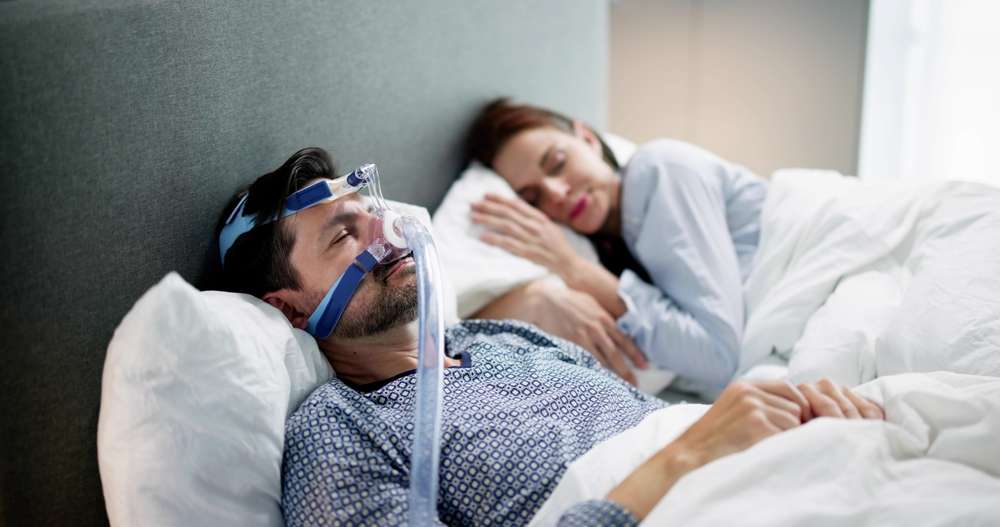Essential Information About New Sleep Apnea Treatment Devices
Sleep apnea, a common but potentially serious sleep disorder, affects millions of people worldwide. As medical technology advances, new treatment options are emerging to provide relief for those struggling with this condition. This article explores the latest developments in sleep apnea treatment devices, offering insights into innovative alternatives that may improve patient comfort and compliance.

What are Compact and Mask-Free CPAP Alternatives?
Continuous Positive Airway Pressure (CPAP) therapy has long been the gold standard for treating sleep apnea. However, traditional CPAP machines can be bulky and uncomfortable, leading to poor compliance. Compact and mask-free CPAP alternatives are now available, addressing these concerns. These devices are smaller, more portable, and often do not require a full face mask. Some use nasal pillows or oral appliances to deliver air pressure, while others employ micro-CPAP technology that can be inserted directly into the nostrils. These alternatives aim to provide the same therapeutic benefits as traditional CPAP machines while offering greater comfort and convenience for users.
How Do Implanted Devices Eliminate the Need for Masks?
For those seeking a more permanent solution to sleep apnea, implanted devices have emerged as a promising option. These devices work by stimulating the hypoglossal nerve, which controls tongue movement. When activated during sleep, they help keep the airway open, reducing or eliminating apnea events. The most significant advantage of these implanted devices is that they completely eliminate the need for external masks or equipment during sleep. Patients can sleep naturally without being tethered to a machine, potentially improving their quality of life and sleep experience.
What are Smart Oral Appliances for Mild to Moderate Apnea?
Smart oral appliances represent a technological advancement in the treatment of mild to moderate sleep apnea. These devices are custom-fitted to the patient’s mouth and work by gently repositioning the lower jaw to keep the airway open during sleep. What sets smart oral appliances apart is their integration with digital technology. Many of these devices can track usage, monitor sleep patterns, and even adjust their position throughout the night for optimal effectiveness. Some models can sync with smartphone apps, allowing patients and healthcare providers to monitor progress and make data-driven decisions about treatment.
How Do Wearable Monitors Go Beyond Tracking?
Wearable technology has revolutionized sleep monitoring, and the latest devices go far beyond simple tracking. Advanced wearable monitors for sleep apnea can detect breathing patterns, oxygen levels, and even body position throughout the night. Some devices use this data to provide real-time interventions, such as vibrating to prompt a change in sleeping position or alerting the user to wake up if severe apnea events are detected. These wearables often integrate with other treatment methods, providing valuable data to healthcare providers and helping to fine-tune treatment plans for better outcomes.
How Can Patients Access the Newest Sleep Apnea Devices?
Accessing the latest sleep apnea treatment devices typically requires consultation with a sleep specialist or otolaryngologist. These healthcare professionals can assess the severity of a patient’s sleep apnea and recommend appropriate treatment options. Many of the newer devices require a prescription and may need to be obtained through specialized medical equipment providers. Insurance coverage for these innovative treatments can vary, so patients should check with their insurance providers regarding coverage options. Some manufacturers offer trial periods for their devices, allowing patients to test the effectiveness before committing to a purchase.
| Device Type | Provider | Key Features | Cost Estimation |
|---|---|---|---|
| Micro-CPAP | Airing | Maskless, disposable | $3 per night (estimated) |
| Implanted Device | Inspire Medical Systems | Mask-free, remote-controlled | $20,000-$40,000 (procedure) |
| Smart Oral Appliance | ProSomnus | Custom-fitted, adjustable | $1,500-$3,000 |
| Wearable Monitor | Beddr SleepTuner | Tracks breathing, position | $149 (device only) |
Prices, rates, or cost estimates mentioned in this article are based on the latest available information but may change over time. Independent research is advised before making financial decisions.
The landscape of sleep apnea treatment is rapidly evolving, with new devices offering hope for improved comfort, convenience, and effectiveness. From compact CPAP alternatives to implanted devices and smart oral appliances, patients now have more options than ever to manage their condition. As technology continues to advance, it’s likely that even more innovative solutions will emerge, potentially transforming the way sleep apnea is treated and managed in the future.
This article is for informational purposes only and should not be considered medical advice. Please consult a qualified healthcare professional for personalized guidance and treatment.




